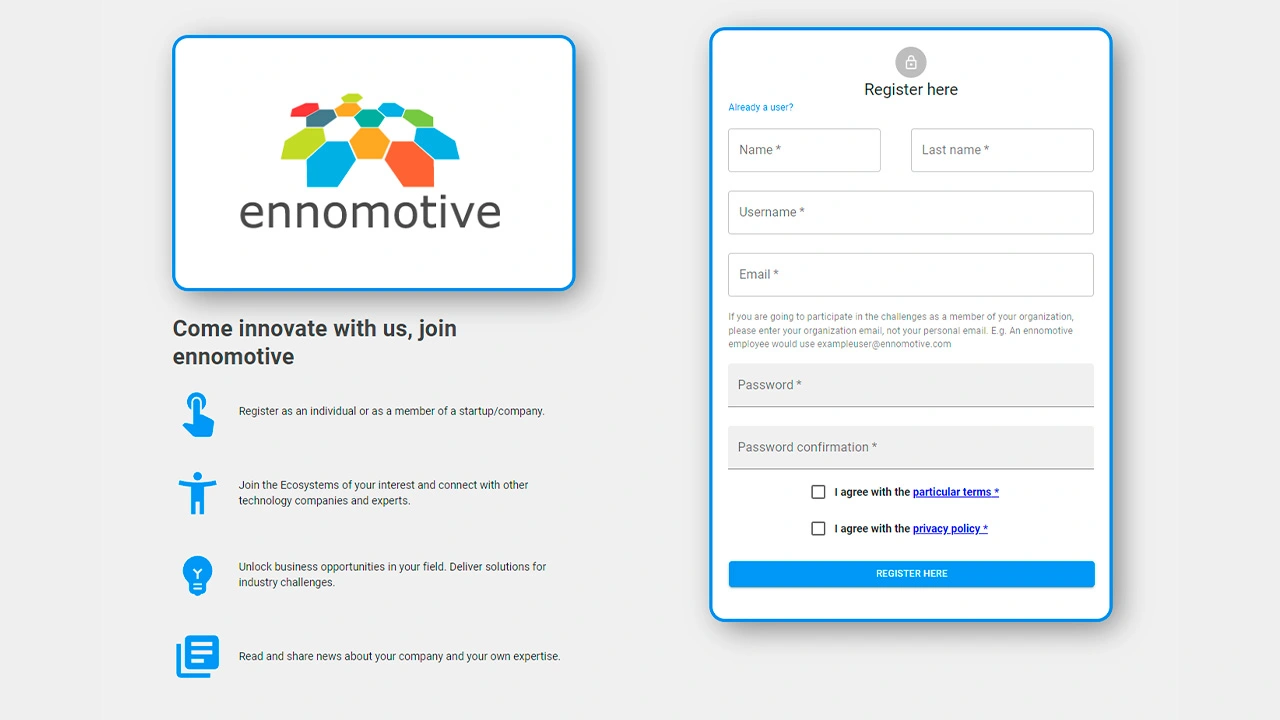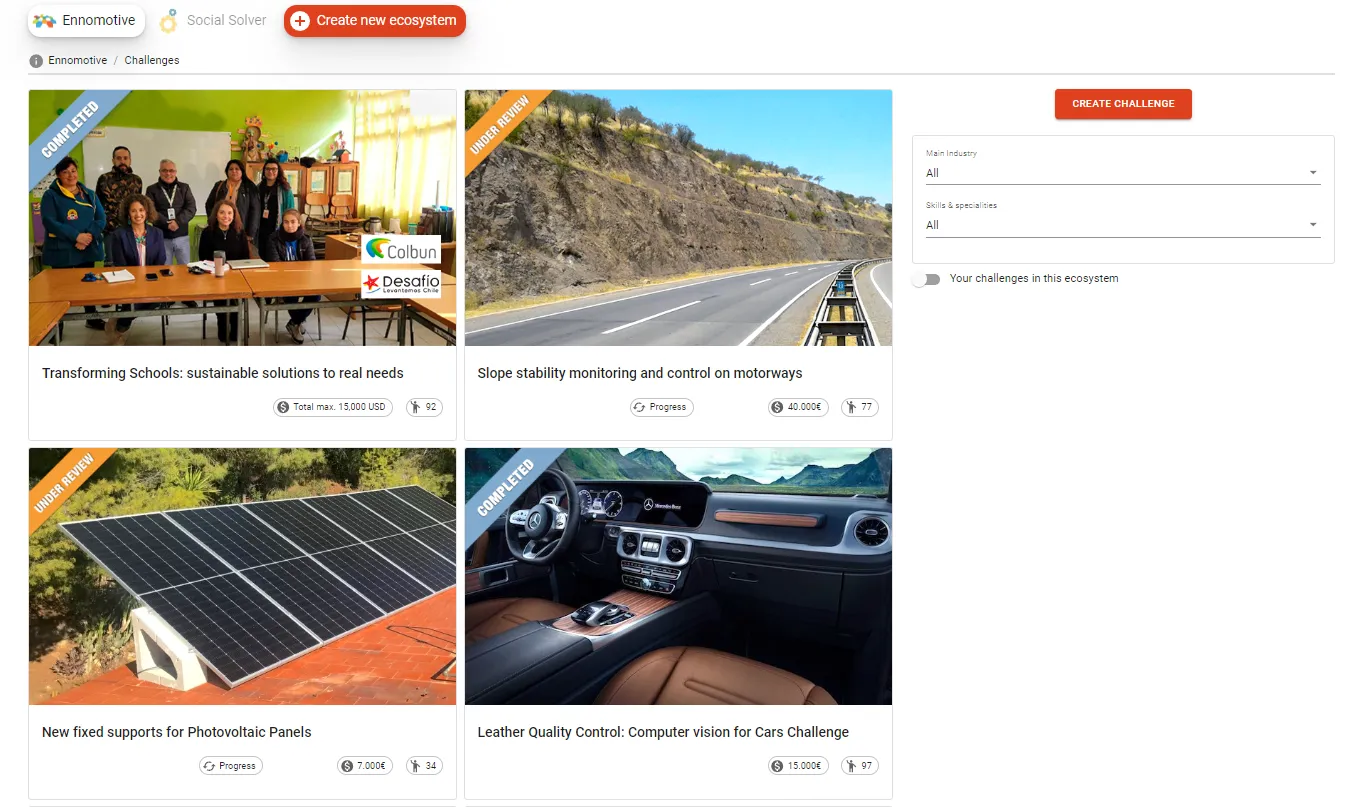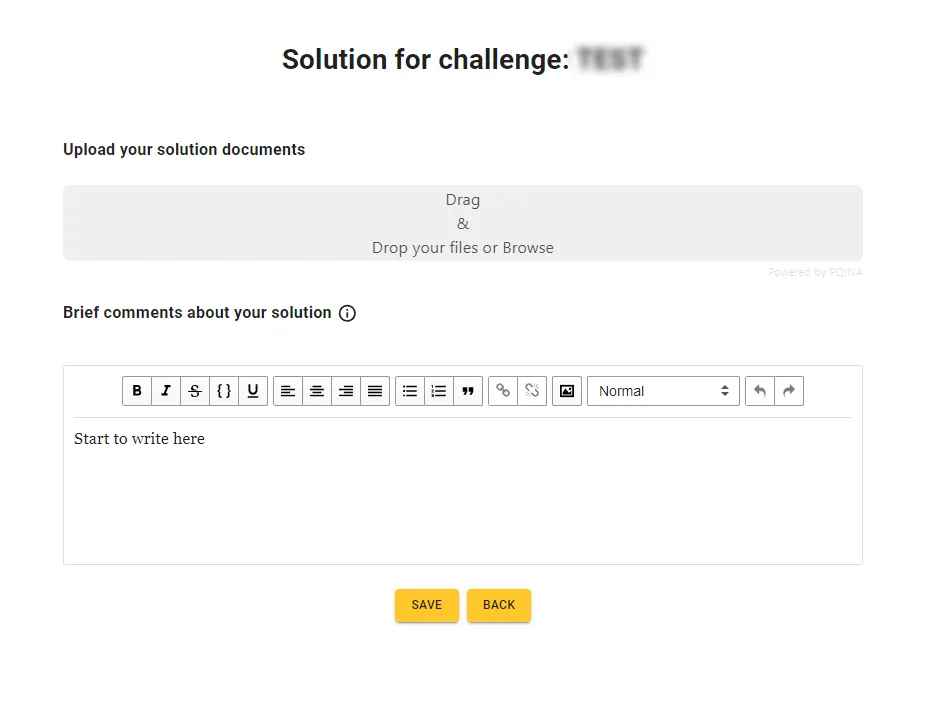Background
Arteche is a global company that manufactures equipment for the electrical sector. It operates laboratories and R&D centers and has an increasingly geographically distributed innovation ecosystem, allowing it to benefit from the talents and cultures of many people.
It seeks out opportunities that enhance its competitive edge and reinforce its role as a technology leader, aiming to address future challenges in both the energy sector and broader society.
Arteche focuses on developing an energy transmission and distribution network that can efficiently, reliably, and sustainably integrate the new realities associated with the energy transition: digital technologies, asset management and data monitoring or digital twins, the design and development of innovative equipment and product sustainability.
The Challenge
Instrument transformers currently use paper impregnated with dielectric oil as an insulating medium (7, see annex 1), which is effective for electrically insulating components and protecting them from premature aging.
This paper-oil coating serves as the insulating layer. The adjacent layer of excess oil (9, see annex 1) does not play a primary role in electrical insulation, but it cannot be left empty. This chamber or space that contains excess oil has two functions:
- To provide the clearance necessary for assembly
- To allow oil to reach all the paper-covered areas
Due to its liquid nature, oil is susceptible to volume changes caused by temperature variations, necessitating the use of compensation systems (2, see annex 1), which are often costly and complex.
In a typical case, the excess oil volume is 225 dm³, and the required compensation system volume is 10 dm³, for an estimated temperature range between -10°C and 40°C.
Annex 1, includes the CA model, the subject of this challenge.
Annex 2 includes the User Manual with details of different models.
Annex 3, includes the Arteche product portfolio.
You must join the challenge to see the attachments.
Arteche also offers other alternatives such as gas insulation instead of paper-oil, but these are not the focus of this challenge since they are already part of the product catalog.
What the Client is Looking For
Arteche seeks efficient alternatives to replace, reduce, or eliminate excess oil within transformers, without affecting the functional paper-oil insulating layer.
If new materials are to be used, the proposed solution must meet as many of the following requirements as possible:
- Adequate electrical insulation: Must provide the same insulating capacity as dielectric oil.
- Thermal stability: The material should behave stably with temperature changes, showing minimal volume variation.
- Ease of application: Must be easy to apply during transformer assembly, considering the variable volumes (based on different models and clearances).
- Chemical compatibility: Must not react with the remaining dielectric oil or other transformer components. Based on our experience, the main incompatibility is between dielectric oil and some materials such as: rubbers, polymers, PVC, silicone, coatings, adhesives…
- Low moisture absorption: This is crucial to maintain the integrity of the electrical insulation and extend the equipment’s lifespan.
- Low environmental impact: Preferably biodegradable, with a lower environmental impact than the current oil.
It is preferable not to change the design of current components, or at least change as few as possible.
Evaluation Criteria
Proposals will be evaluated in the following order of importance:
- Lowest excess oil volume and environmental impact
- Lowest cost impact (materials, assembly…)
- Fewest changes to current design and components
This is a one-round tournament with the following deliverables:
A PDF document including:
- Description of the proposed solution, indicating:
- Reduction in oil volume achieved
- Materials used (if any)
- Section of the transformer indicating implemented changes
- Feasibility analysis of the solution based on the specified requirements and supporting evidence
- Environmental analysis of the selected material only
- Pilot design to evaluate the proposal:
- Workplan
- Deliverables (documents and demonstrators)
- Estimated implementation budget
To submit a proposal, solvers must:
- register at ennomotive: (https://app.ennomotive.com/user/register) and
- join the challenge and accept terms (www.ennomotive.com/terms-and-conditions/) and the privacy policy (www.ennomotive.com/privacy-policy/).
Tournament Structure and Timeline
This is a one-round challenge with the following deadlines:
- 6 weeks to submit the proposal (submission deadline is July 24, 2025)
- 6 weeks for evaluation
Prizes
Individual solvers: Up to 3 finalist proposals will be selected for testing by Arteche. Each finalist will receive €3,000, and the winner will receive a total of €10,000 (for the best validated pilot solution).
Companies: Funding for pilot implementation (according to the submitted budget) and the opportunity to become part of Arteche’s innovation ecosystem.
ARTECHE reserves the right not to award any prize if no proposal meets the minimum quality and feasibility requirements.
Intellectual Property
As per the general terms & conditions. In the case of companies, an agreement will be made before the pilot test. Ownership of intellectual property related to commercial products will be retained by the respective proprietors.



